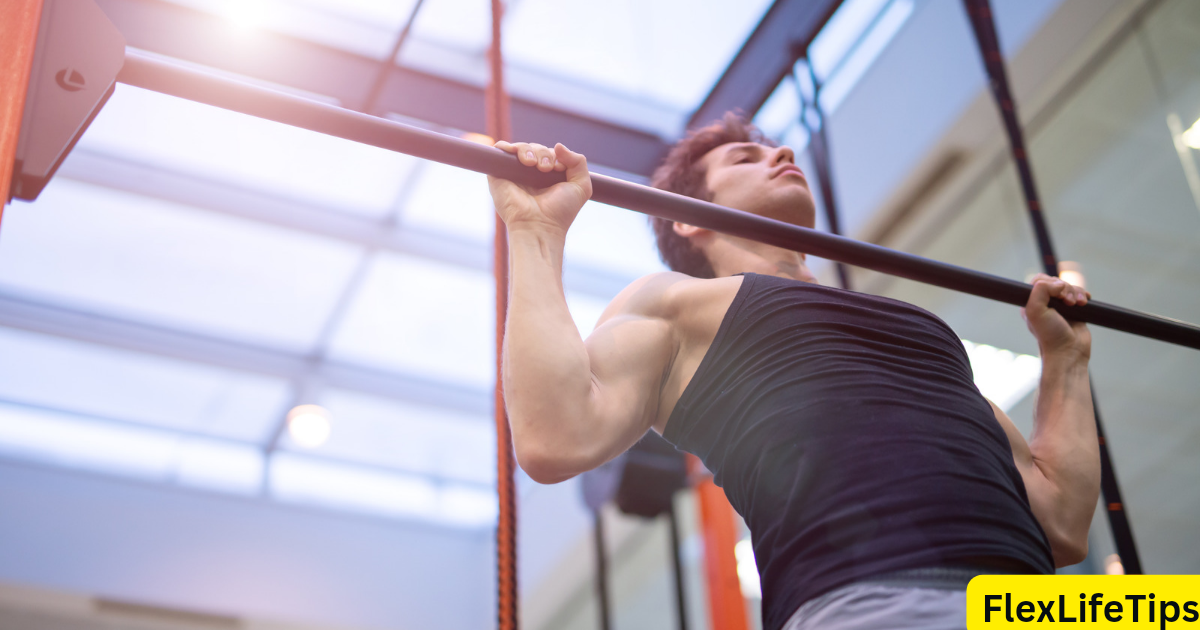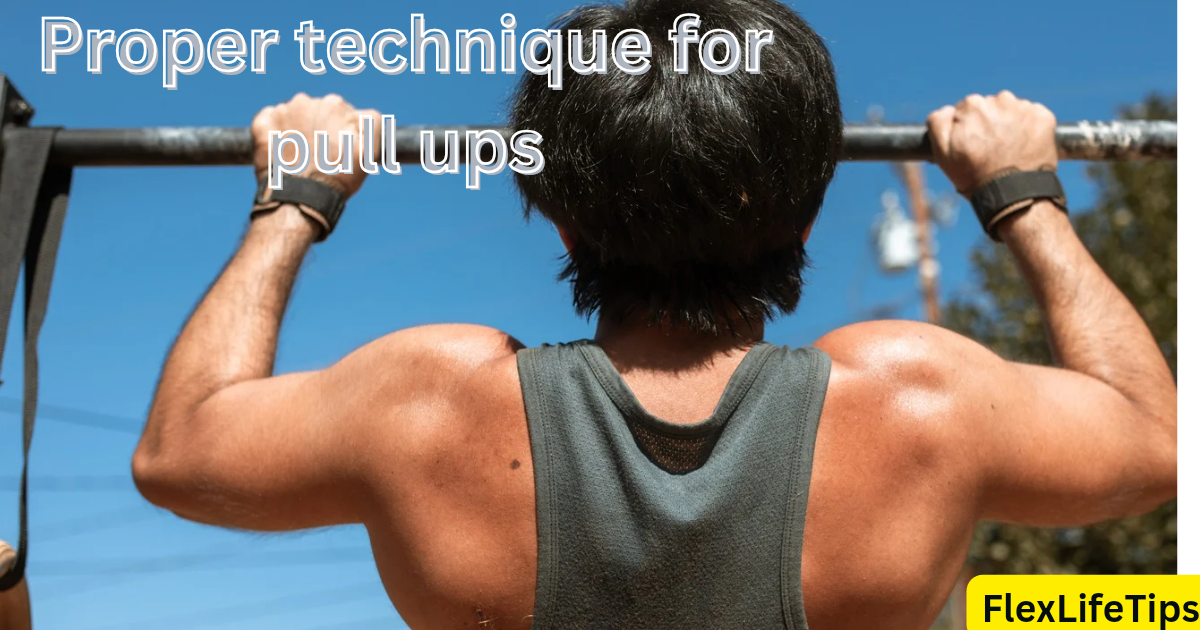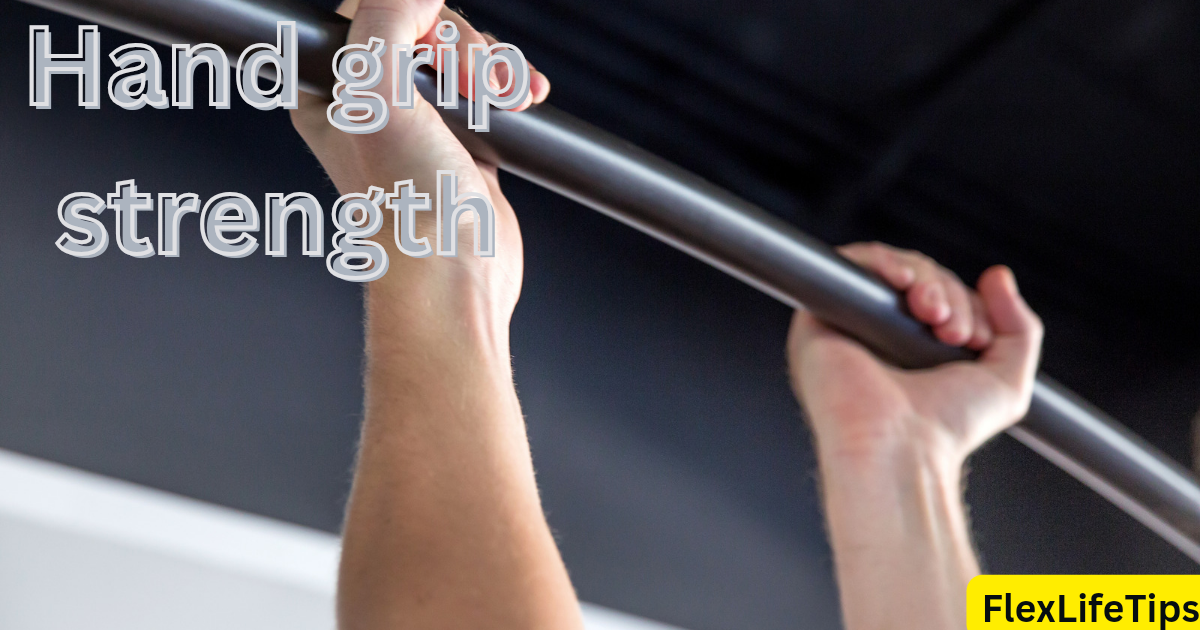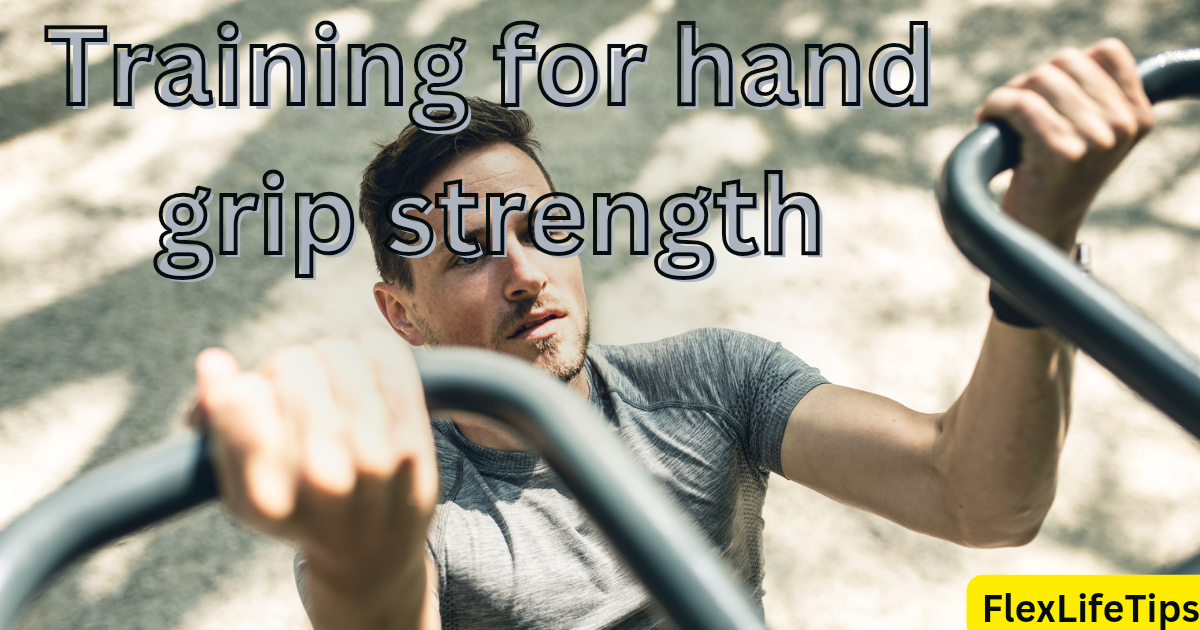Elevate your fitness routine with an effective shoulder workout on pull-up bar. Explore the benefits of quality pull-ups, enhance hand grip strength, and promote shoulder health through targeted exercises. Discover the key to a well-rounded upper body workout with our expert tips on maximizing your ‘shoulder workout on pull-up bar‘ experience.
Introduction
Pull-ups, those classic exercises we all know, might have more benefits than you think. In this article, we’re diving into the importance of pull-ups for both shoulder strength and hand grip power. But hold on! Before we start, let’s clear up a few common misconceptions about pull-ups.
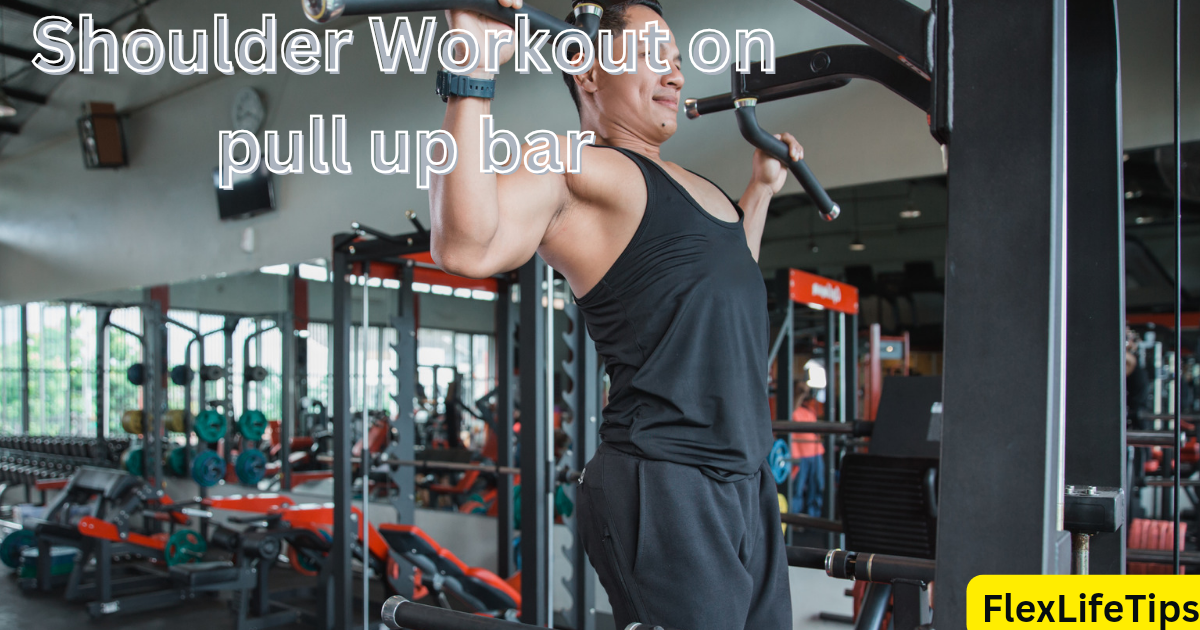
The Importance of Pull-Ups for Shoulder and Hand Grip Strength
Are pull-ups really good for your shoulders and hand grip strength? Coach E from Precision Movement has some insights. Pull-ups can be beneficial, but it’s not as simple as just doing more. The key lies in how you perform them.
Common Misconceptions
Many trainers might tell you to crank out as many pull-ups as possible to get those strong shoulders. However, the truth is, it’s not just about the quantity but the quality. Coach E shows us that doing pull-ups with the right technique is crucial for reaping the full benefits.
So, buckle up as we explore the nuances of pull-ups and discover why they’re more than just a way to show off at the gym.
What is a shoulder workout on a pull-up bar?
A shoulder workout on a pull-up bar involves exercises specifically targeting the shoulder muscles using the pull-up bar as a versatile piece of equipment.
Are pull-ups effective for shoulder workouts?
Yes, pull-ups can be highly effective for shoulder workouts, engaging various shoulder muscles when performed with proper technique.
How does the quality of pull-ups impact shoulder workouts on a pull-up bar?
The quality of pull-ups is crucial for an effective shoulder workout on a pull-up bar. Focusing on proper form ensures maximum engagement of shoulder muscles.
Can pull-ups on a bar help improve hand grip strength?
Absolutely! Pull-ups on a bar are excellent for enhancing hand grip strength, a crucial component for a successful shoulder workout.
What role does hand grip strength play in a shoulder workout on a pull-up bar?
Hand grip strength is essential for stability during shoulder workouts on a pull-up bar. It contributes to overall effectiveness and injury prevention.
How do pull-ups on a bar impact shoulder health?
Pull-ups can positively impact shoulder health when done correctly. However, the improper form may lead to issues, highlighting the importance of quality over quantity.
Are there specific hand grip exercises recommended for a shoulder workout on a pull-up bar?
Incorporating hand grip exercises, such as hanging from the pull-up bar, is recommended to strengthen the grip and enhance the overall effectiveness of the shoulder workout on the pull-up bar.
What is the correlation between hand grip strength and rotator cuff function during a shoulder workout on a pull-up bar?
Hand grip strength is closely correlated with rotator cuff function, as a strong grip contributes to properly activating the rotator cuff muscles during pull-ups on a bar.
How can one avoid shoulder instability during a shoulder workout on a pull-up bar?
Shoulder instability can be minimized by paying attention to hand grip strength, engaging the rotator cuff muscles, and maintaining proper alignment during pull-ups on a bar.
Can a shoulder workout on a pull-up bar be adapted for individuals with different fitness levels?
Absolutely! A shoulder workout on a pull-up bar can be adapted to various fitness levels by adjusting the intensity, incorporating assistance, and focusing on individual goals for gradual progression.
